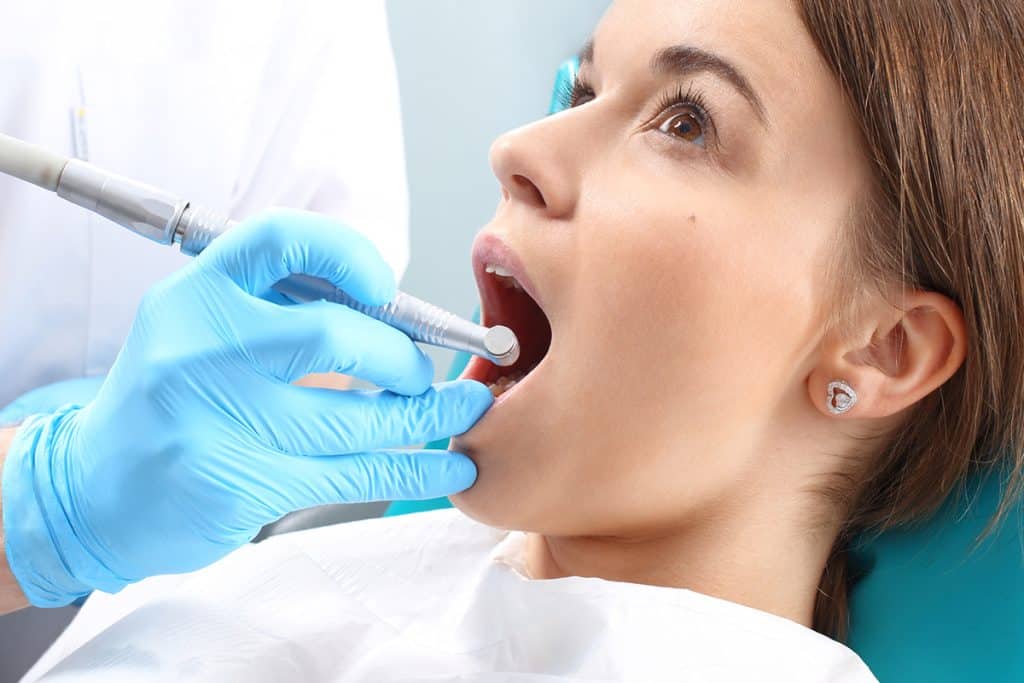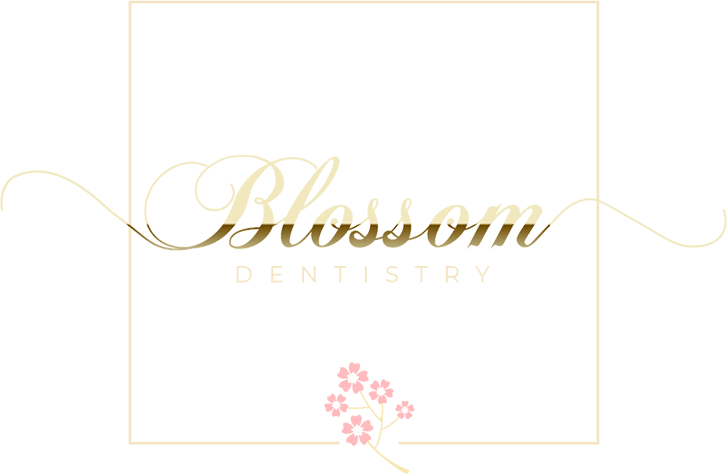Dry Socket After A Tooth Extraction

A tooth extraction is a fairly common dental procedure. Depending on the circumstances, a patient typically doesn’t need to anticipate any significant complications after having a tooth pulled.
However, virtually any dental or medical procedure involves some risk of side effects. For example, a patient who has a tooth pulled may develop a “dry socket” after treatment.
Seeking dental care right away is very important if a patient develops a dry socket. A dentist can offer treatments to address the discomfort this complication may result in more effectively than over-the-counter products can.
Dry Sockets After Tooth Extractions: What You Need to Know
A “socket” refers to the hole in a patient’s bone where a dentist has extracted a tooth. When a dentist pulls an adult tooth, usually, a blood clot forms in this hole.
A dry socket develops when a blood clot doesn’t form. Without a blood clot to protect them, the bone and nerve endings remain vulnerable.
Symptoms of a Dry Socket
The most common symptom of a dry socket is pain. A patient with a dry socket may begin to experience relatively severe pain a day or so after a tooth extraction.
Other common symptoms of dry sockets include:
- Visible bone
- Unpleasant breath
- An unpleasant taste in a patient’s mouth
Call your dentist immediately if you experience any of these symptoms. Even if your discomfort is mild, it’s important to let a professional more thoroughly examine your socket to ensure you’re healing properly after having a tooth pulled.
Risk Factors for Dry Sockets
Some patients are more likely to develop dry sockets than others. Factors that may increase a patient’s odds of developing a dry socket include:
- General poor oral health
- Taking medications that can interfere with the healing process after a tooth extraction, such as some types of birth control
- Using tobacco products
Patients may also develop dry sockets as a result of not caring for their oral health after a tooth extraction or accidentally dislodging a clot that is beginning to form. To guard against this, closely follow all instructions your dentist provides you with after having a tooth pulled.
How Does a Dentist Treat a Dry Socket?
The specific treatment a dentist offers to a patient with a dry socket may vary depending on a number of factors. Treatment options often include:
- Cleaning the socket
- Using a paste, medicated dressing, or other such material to fill in the socket
- Taking antibiotics
- Taking pain medication
If you develop a dry socket, your dentist may ask you to come in for several follow-up appointments, even after offering treatment. They might need to monitor your treatment to ensure proper healing.
How Common is a Dry Socket After a Tooth Extraction?
You likely don’t have to worry about experiencing a dry socket after having a tooth pulled. According to a study in The Open Dentistry Journal, approximately 3.2% of tooth extractions result in dry sockets.
However, it’s still important to monitor yourself for signs of this issue. If you believe you have a dry socket, contact your dentist right away so they can take a closer look.
A Dry Socket Can Develop After a Tooth Extraction
Although dry sockets may not be common in general, a dry socket is nevertheless the most common complication that can result from a tooth extraction.
Are you having a tooth pulled? If so, ask your dentist to explain what you can do to minimize your chances of developing a dry socket. Contact them as soon as possible if you suspect a dry socket has developed.
Learn More About Tooth Extractions in Washington, DC
Although no dentist can promise a patient won’t experience a dry socket, at Blossom Dentistry, in Washington, DC, we strive to prevent this complication whenever possible. Learn more about what we can do for you by contacting us online or calling us at 202-922-2900 to request an appointment today.
